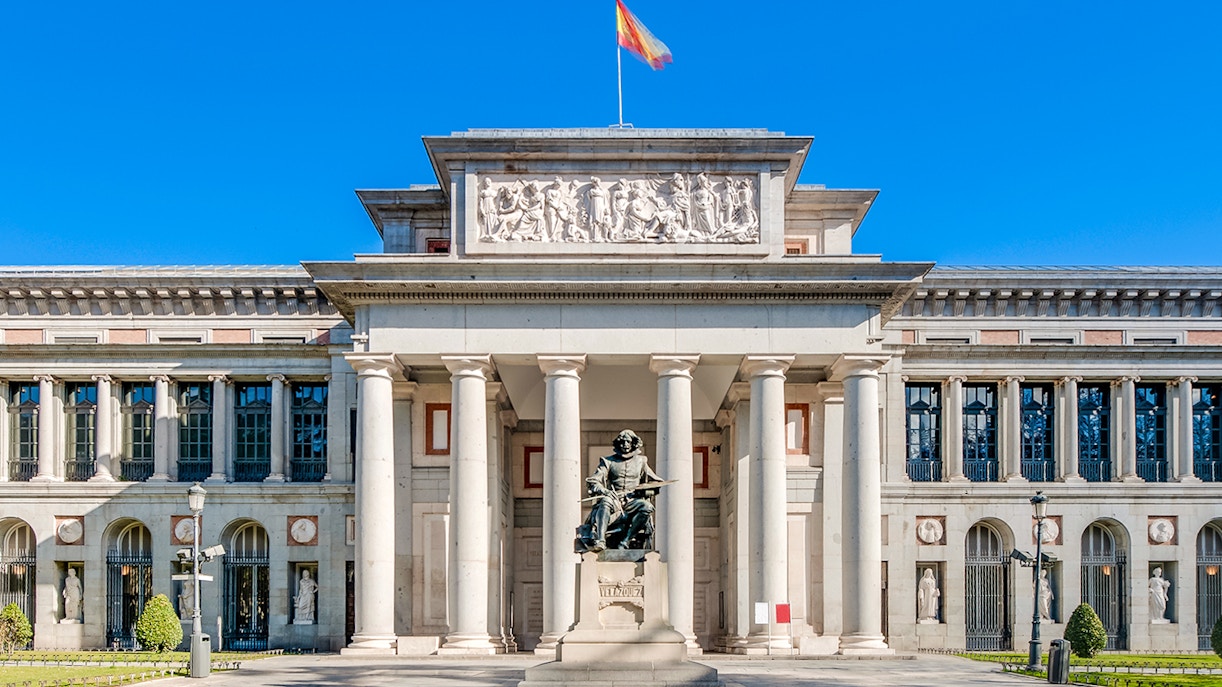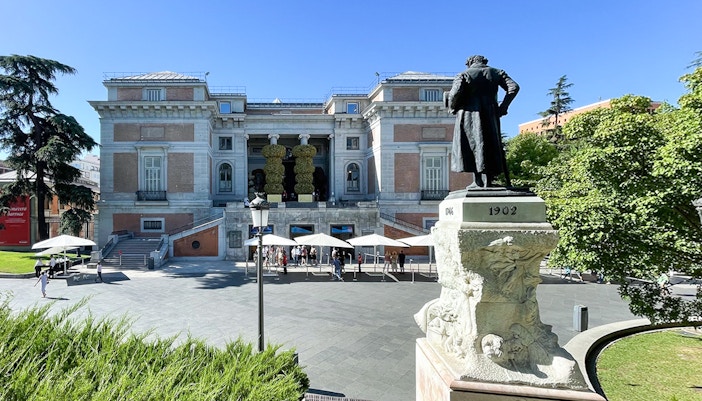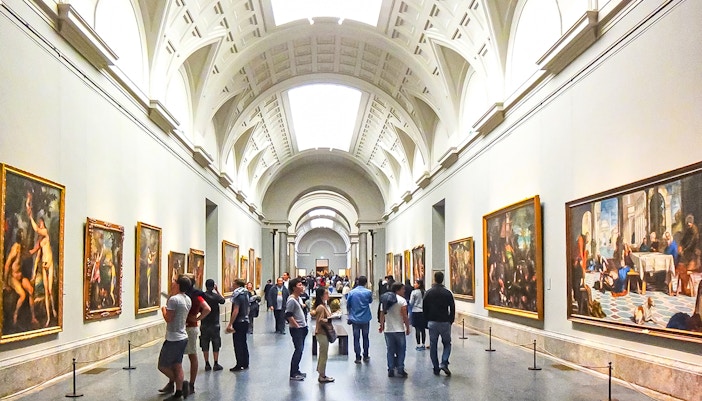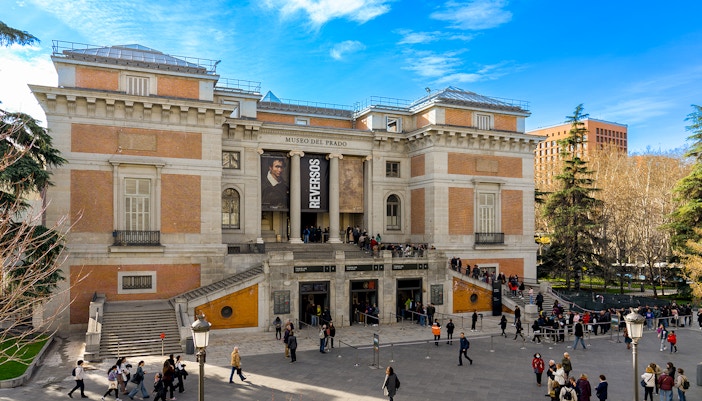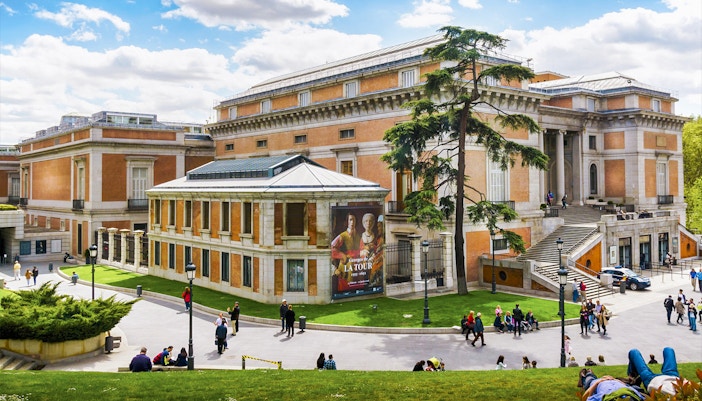- 1785: Juan de Villanueva is commissioned by Charles III to build the Prado Museum. The building was originally meant to house the Natural History Cabinet and was built in a neoclassical style.
- 1819: King Ferdinand VII officially opened the museum to the public as the Royal Museum of Paintings and Sculptures, upon the encouragement of his wife, Queen Maria Isabel de Braganza. The first catalogue included about 300 paintings.
- 1881: The museum's collection expanded significantly, including the addition of Goya’s Black Paintings donated by Baron Emile d’Erlanger, enriching its Spanish art holdings.
- 1936-1939: During the Spanish Civil War, the museum evacuated 353 paintings and other treasures to protect them, moving them to Valencia, Girona, and eventually Geneva, returning them after World War II.
- 1971-1997: The Casón del Buen Retiro building was incorporated into the Prado Museum complex to display 20th-century art, expanding the museum’s exhibition space.
- 2001: Due to space constraints from the growing collection, a new building was commissioned on the same site to expand the museum’s capacity.
- 2007: The expansion project was completed, connecting the new building internally to the original structure, modernizing the museum, and increasing exhibition and visitor facilities.
- 2023: The Prado Museum welcomed over three million visitors, maintaining its status as one of the world’s premier art museums with outstanding collections of Spanish, Italian, Flemish, and other European masterpieces.
A timeline of the Prado Museum’s history
